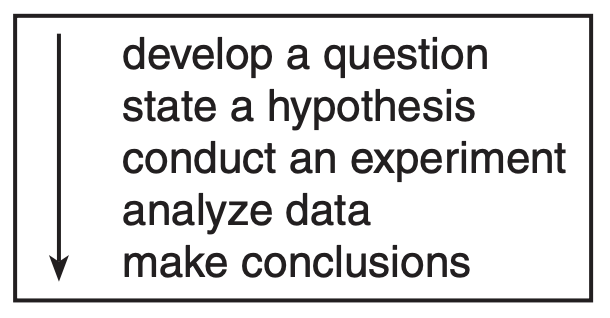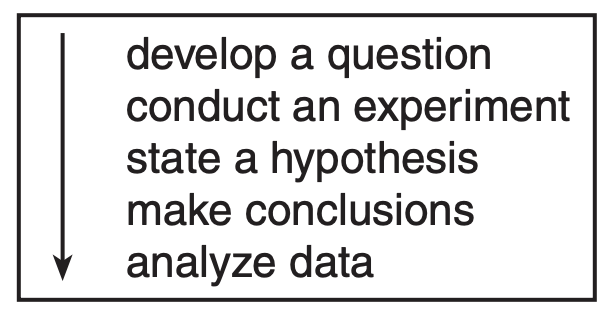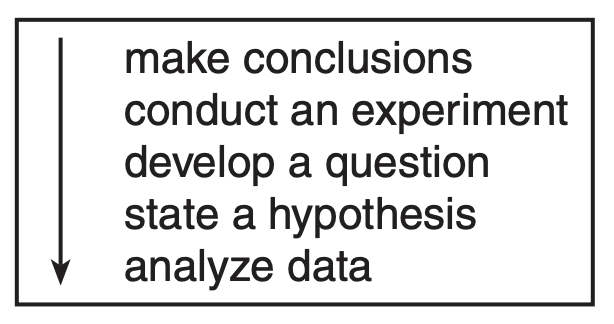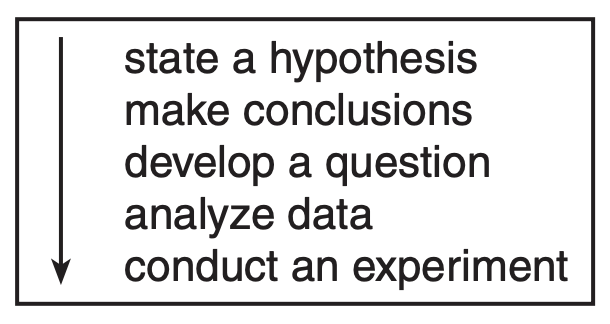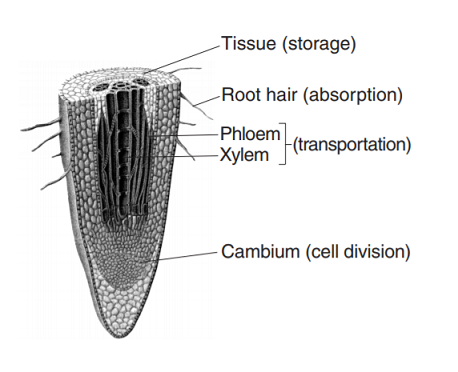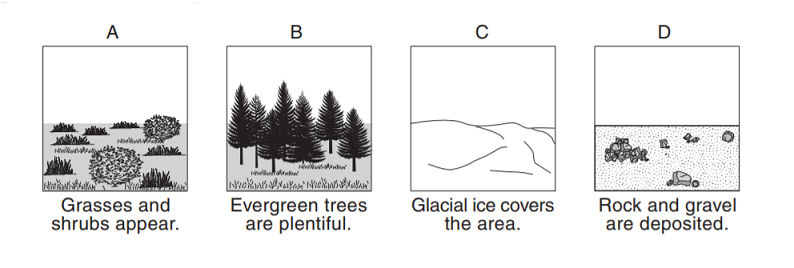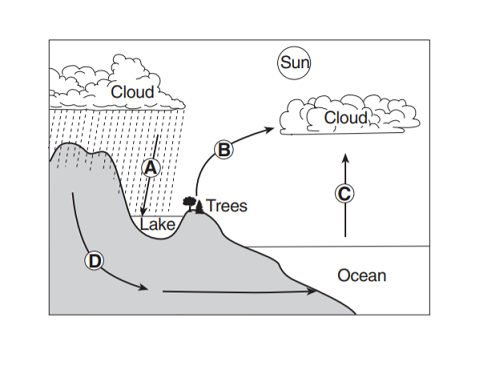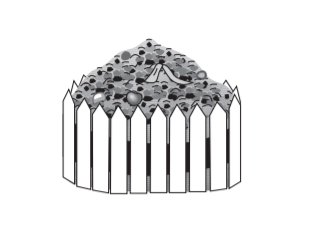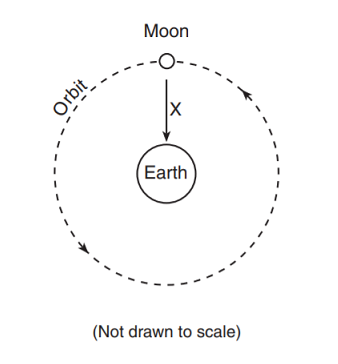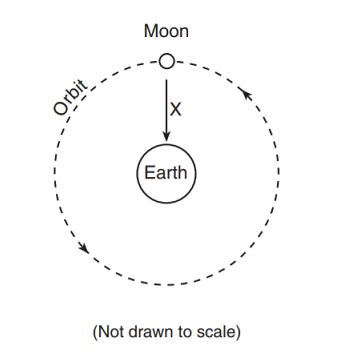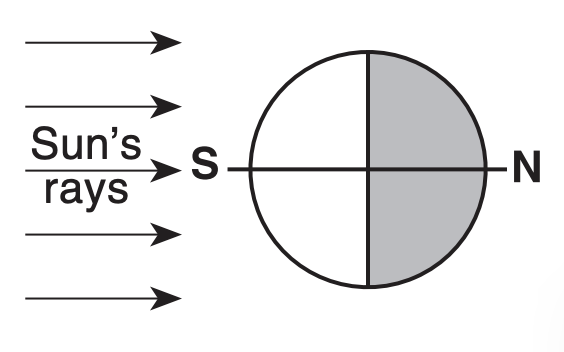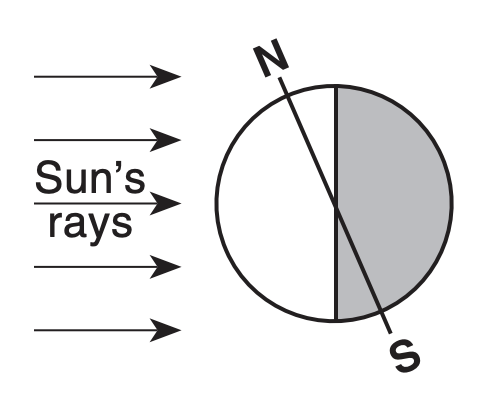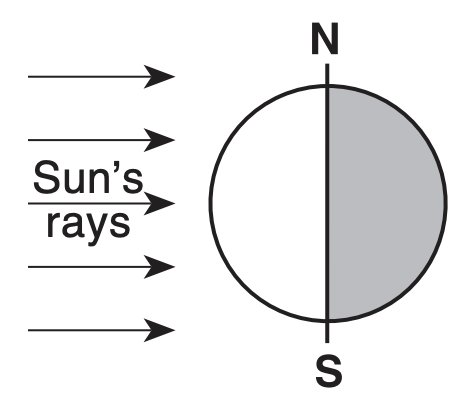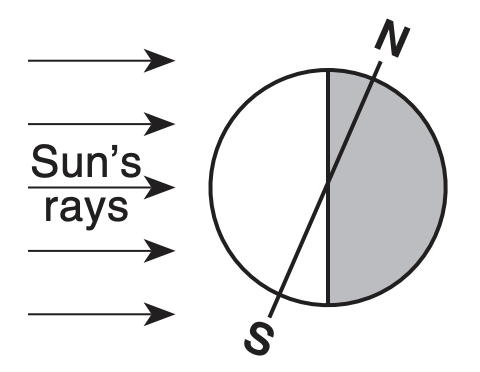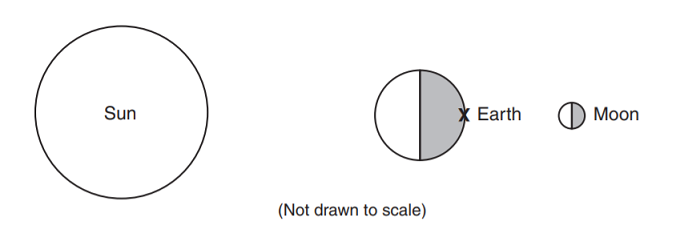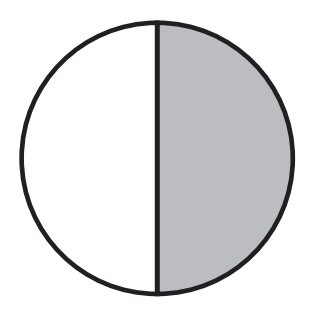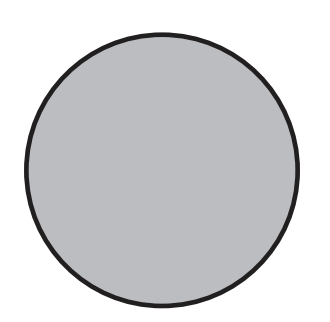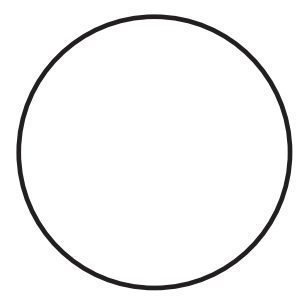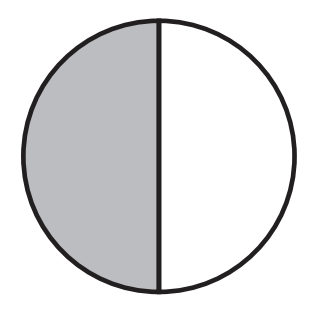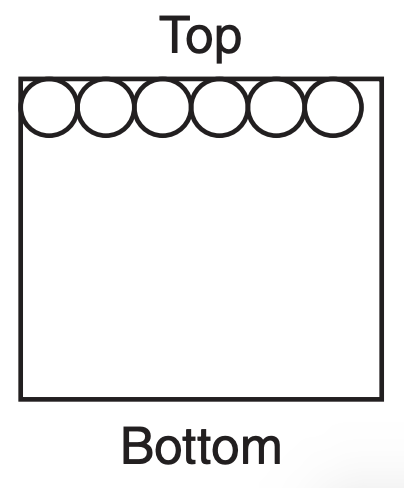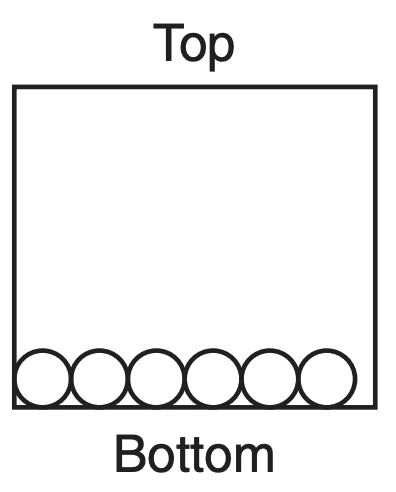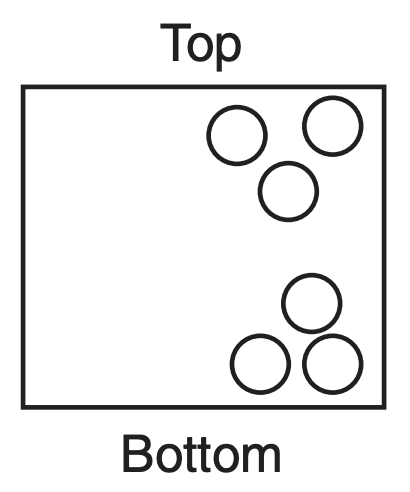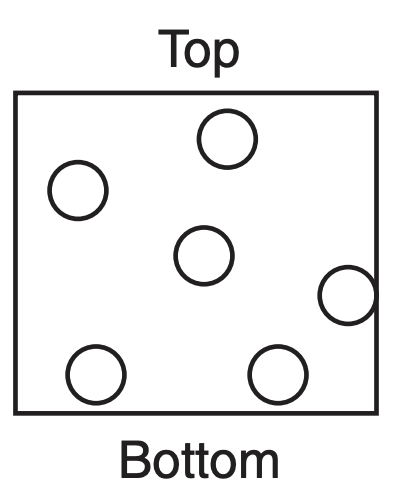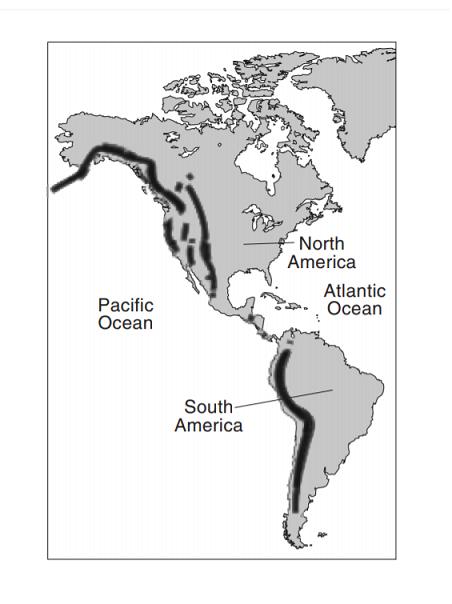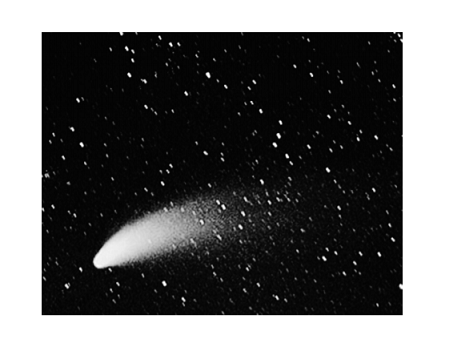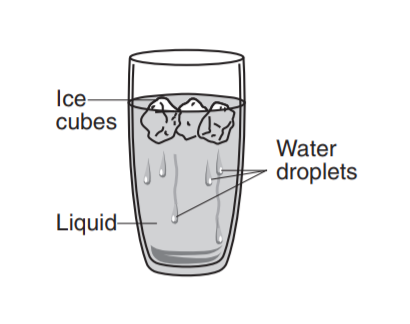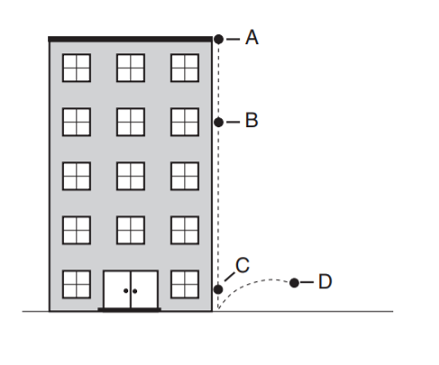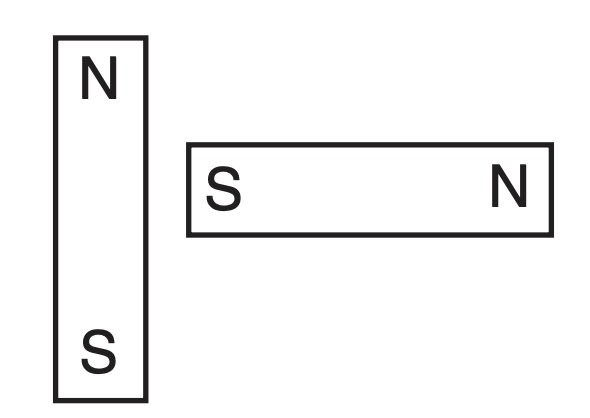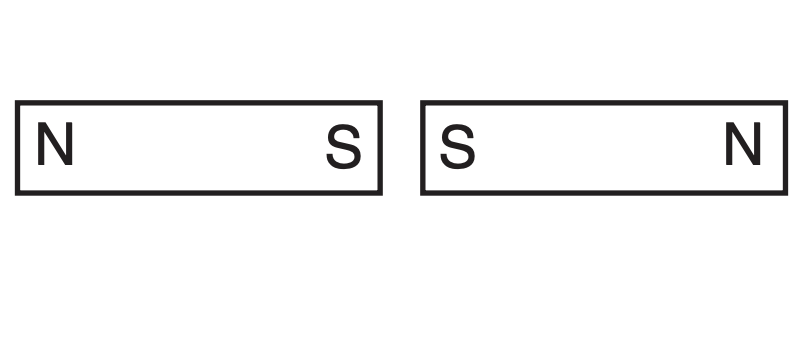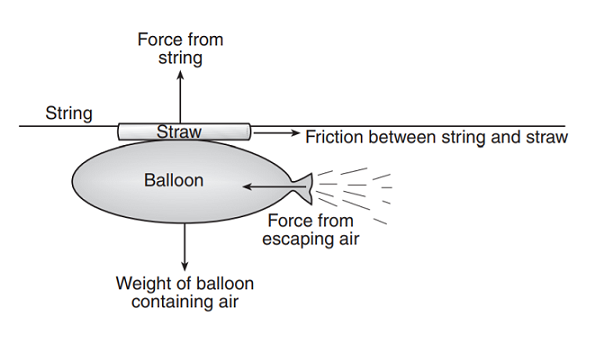Tip
Tap
a student's name
below to see what they need help with43 questions
Q.A student is trying to determine if a certain beetle will help control the population of a harmful plant species. Which sequence of steps would be best suited for this investigation?
1
60 sec
1.S2.2b
Q.The data table below shows some data related to the Sun and the planets in our solar system.
The distance between the Sun and Saturn is approximately six times the distance between the Sun and which other planet
2
60 sec
1.S3.2h
Q.What eventually happens to a species when the environment changes and the organisms do NOT adapt?
3
60 sec
LE3.2b
Q.Which sequence represents the correct levels of organization for multicellular organisms?
4
60 sec
LE1.1e
Q.In which part of a plant cell does photosynthesis occur?
5
60 sec
LE1.1c
Q.Humans are protected from some infections by specialized cells which produce chemicals that
6
60 sec
LE1.2j
Q.Which human body systems work directly together to allow locomotion?
7
60 sec
LE1.2g
Q.A dialysis machine can be used to remove waste from a patient's blood. Which human body system works in a similar way?
8
60 sec
LE1.2e
Q.Which gas is transported by the circulatory system in humans and is used by cells during respiration to release energy stored in food?
9
60 sec
LE1.2d
Q.A cell's chromosomes contain
10
60 sec
LE2.1a
Q.The human respiratory system is responsible for removing
11
60 sec
LE1.2d
Q.Which process is a cause of variation in a species?
12
60 sec
LE3.1a
Q.The diagram below shows a magnified view of a cross section of a plant root tip. Four parts of the root and the process that each performs are shown.
Which process is directly responsible for root growth in plants?
13
60 sec
LE4.4a
Q.Which pathway do most nutrients take after a person takes a bite of food?
14
60 sec
LE1.2c
Q.A glacier in Alaska has melted back a distance of kilometers over the last years. Four stages in this process are shown in diagrams and below.
In which order should the diagrams be placed to represent the ecological succession that has taken place in the area?
15
60 sec
LE7.2b
Q.In the diagram below, letters and represent four different processes that occur during the water cycle.
During which process is water released from land organisms into the atmosphere?
16
60 sec
PS2.1j
Q.Abnormal cell division may result in
17
60 sec
LE4.4d
Q.The diagram below represents a pile of decaying plant and animal materials. This process puts nutrients back in the soil.
The bacteria and fungi that break down the plant and animal materials are classified as
18
60 sec
LE5.1e
Q.Herbivores obtain most of their energy by
19
60 sec
LE5.1e
Q.A biological community is made up of all the
20
60 sec
LE7.1a
Q.If an ecosystem's balance is disturbed by a volcanic eruption, what will most likely occur?
21
60 sec
LE7.2a
Q.Base your answer on the diagram below and on your knowledge of science.
The diagram represents the Moon and its orbit around Earth. The arrow labeled represents the force that keeps the Moon in its orbit.
Which force is represented by ?
22
60 sec
PS1.1d
Q.Base your answer on the diagram below and on your knowledge of science.
The diagram represents the Moon and its orbit around Earth. The arrow labeled represents the force that keeps the Moon in its orbit.
Approximately how long does it take for the Moon to complete one orbit around Earth?
23
60 sec
PS1.1g
Q.The layered mixture of gases surrounding Earth is called the
24
60 sec
PS2.1a
Q.Which geologic process occurs when the acid in precipitation dissolves certain types of rock?
25
60 sec
PS2.1h
Q.The map below shows latitude and longitude lines for a portion of North America. Points and represent two cities.
Compared to the location of city , the location of city is at
26
60 sec
PS1.1f
Q.Which diagram best represents the tilt of Earth's axis in December?
27
60 sec
PS1.1i
Q.The diagram below represents the Sun, Earth, and the Moon as viewed from space. Letter X is a location on Earth's surface.
Which diagram best represents the phase of the Moon as viewed from X?
28
60 sec
PS1.1g
Q.The top and bottom of each container below are labeled. Which model best represents the arrangement of gas molecules inside a sealed container as viewed from the side?
29
60 sec
PS3.1d
Q.The map below shows dark bands that indicate long mountain ranges on the west coasts of North America and South America.
What caused the formation of these mountain ranges?
30
60 sec
PS2.2f
Q.The photograph below shows an object in space that has an icy core with a tail of gas and dust extending for millions of kilometers.
The object is most likely
31
60 sec
PS1.1c
Q.Scientists have discovered fossils of the same organisms in many different parts of the world.
These fossils provide evidence that
32
60 sec
PS2.2d
Q.The amount of which greenhouse gas in the air will increase the most if large forests are cut down to be used for building materials without planting new trees in their place?
33
60 sec
PS2.2r
Q.Because copper is a metal, it is
34
60 sec
PS3.1a
Q.A student placed a rock in a graduated cylinder containing water, causing the water level in the cylinder to increase by 20 mL. This increase represents the rock's
35
60 sec
1.M3.1a
Q.The diagram below shows a glass containing a liquid and ice cubes.
Which process causes water droplets to form on the outside of the glass?
36
60 sec
PS3.2a
Q.A ball is dropped from the roof of a building.
Points and in the diagram below represent positions of the ball as it falls.
At which position will the ball have the greatest kinetic energy?
37
60 sec
PS4.1e
Q.People often wear sunglasses in polar regions because most of the sunlight that strikes a snow-covered surface is
38
60 sec
PS4.4b
Q.Which form of energy is produced when a rubber band vibrates?
39
60 sec
PS4.4c
Q.A battery-powered cart pulls an load across the floor. If the load were reduced to and the force used to move the cart remained the same, the cart would
40
60 sec
PS5.1d
Q.Which type of energy is transferred from one object to another by simple machines?
41
60 sec
PS5.2c
Q.Which position of two magnets results in the greatest attraction between the magnets?
42
60 sec
PS4.4g
Q.The diagram below shows an inflated balloon attached to a straw that is moving along a string. Air is escaping from the open end of the inflated balloon. Some forces that are acting on the straw are shown by the four labeled arrows.
What causes the balloon to move along the string?
43
60 sec
PS5.1e


